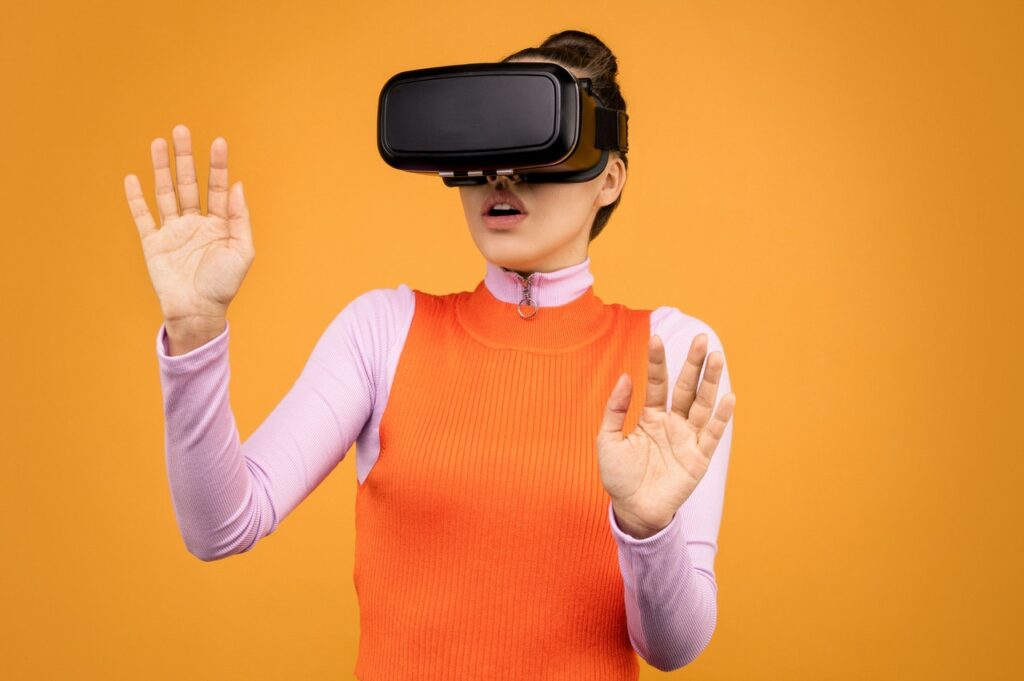It’s raining again. You drag yourself to the shopping centre and head to your favourite store only to face a huge queue. You check your watch – you don’t have time for this. You leave, promising you’ll come back another day. But you don’t. It’s no wonder physical stores are closing down at an alarming rate.
Rising expenses, intense competition, and the shift to online spending have put extreme pressure on retail margins. As a result, some argue stores face a ‘retail apocalypse.’
So, how is Virtual Reality affecting this fragile retail landscape? Let’s find out.
VR in Current Retail Use
VR is already impacting the retail industry. With merchants competing for ever-shrinking attention spans, store owners must innovate.
“Retailers will need to provide innovative digital solutions that support customers on a new, virtual customer journey – from product awareness to service and returns.” *
Multiple brands are making headway, harnessing the power of VR to create unique and memorable shopping experiences that keep customers engaged.
A viral example is TOMS. They gave a pair of shoes to a youngster in need for every pair bought. They also built a Virtual Reality experience where customers travel to Columbia to visit the happy recipient.
Similarly, IKEA developed a “high-definition, interactive showroom.” Customers can configure any IKEA product in a virtual representation of their living space. Very handy for those needing to maximise room or bad with a tape measure.
There are potential drawbacks to using VR in retail. For example, some stores may not welcome the expense of new technology, and they may have difficulty finding skilled employees to use it. VR might also raise health concerns, encouraging us to spend even more time looking at screens.
How VR is Changing Retail
VR provides customers with an immersive, realistic experience to help them make purchasing decisions. Buyers can now visit a ‘virtual showroom’.Consumers already enjoy saving time with online shopping, but with VR, they can now ‘try before they buy’ without setting foot outside their front door.
Retail brands benefit further from VR as they can:
- Reduce the need for physical retail space
- Increase sales
- Reach new markets or customers who are unable to visit
Rather than replacing brick-and-mortar stores, VR is enhancing them. For example, staff can learn to address customer complaints under pressure using a simulated environment. Plus, workers can train for emergencies or dangerous situations. VR also provides convenience as international teams won’t need to leave their native country to take part.
Trends show VR is nearing a tipping point, which means many organisations realise how important it is to get involved.
Conclusion
Despite challenges, VR will transform the retail sector. Traders quick to adopt this new technology will reap the benefits. Likewise, consumers will relish personalised service and immersive shopping experiences. With its ability to increase shopping time, conversion rates, and customer loyalty, there’s no denying VR is the future of retail.
* “Outlook for UK Retail & Consumer 2022 | Retail Economics.” Outlook for UK Retail & Consumer 2022 | Retail Economics, www.retaileconomics.co.uk, https://www.retaileconomics.co.uk/retail-insights/thought-leadership-reports/outlook-for-the-UK-retail-and-consumer-industry-2022. Accessed 20 Mar. 2022.

